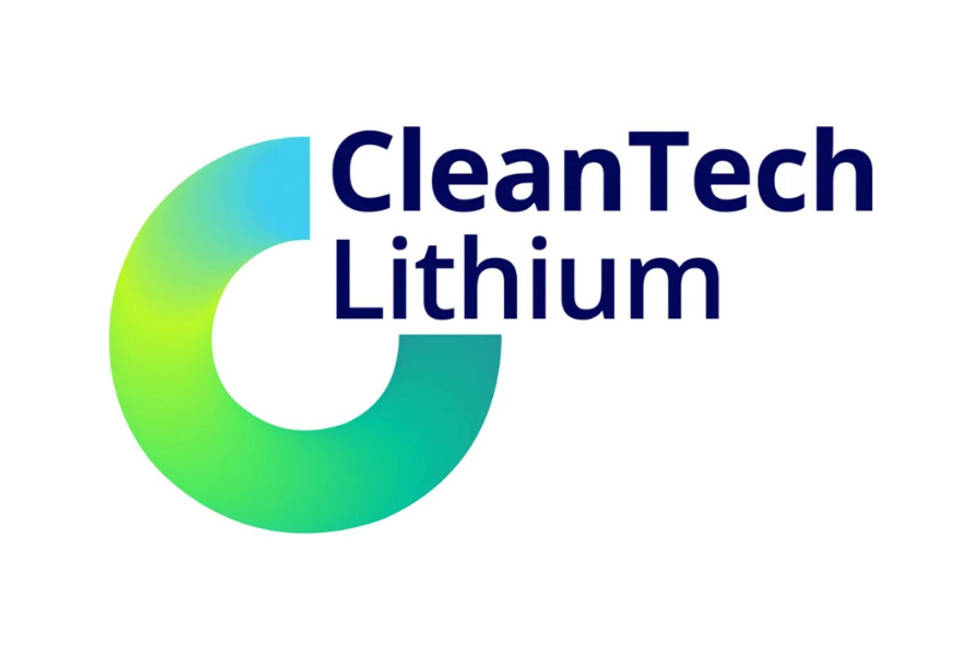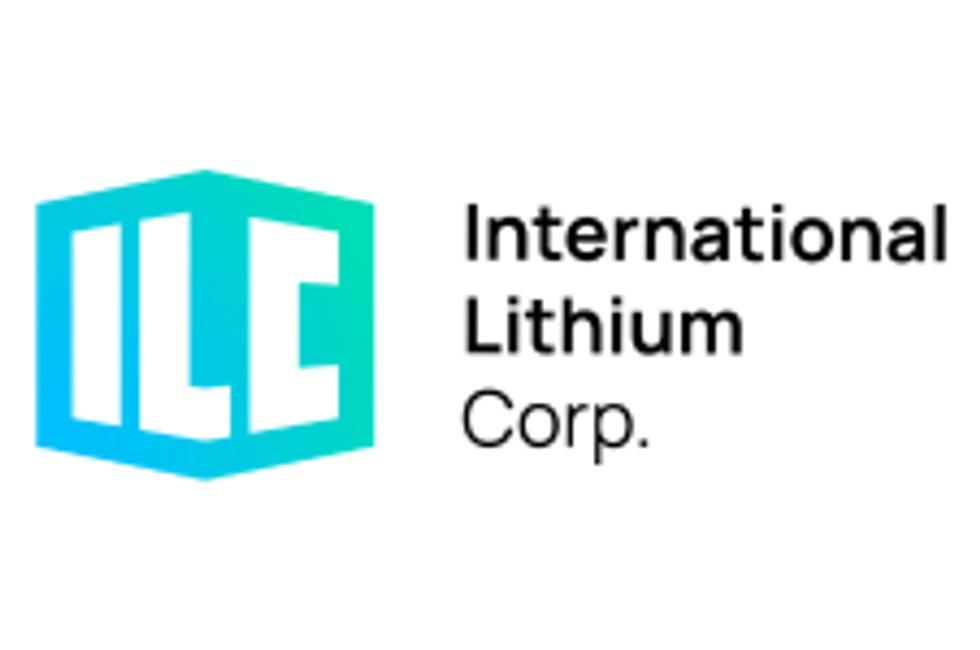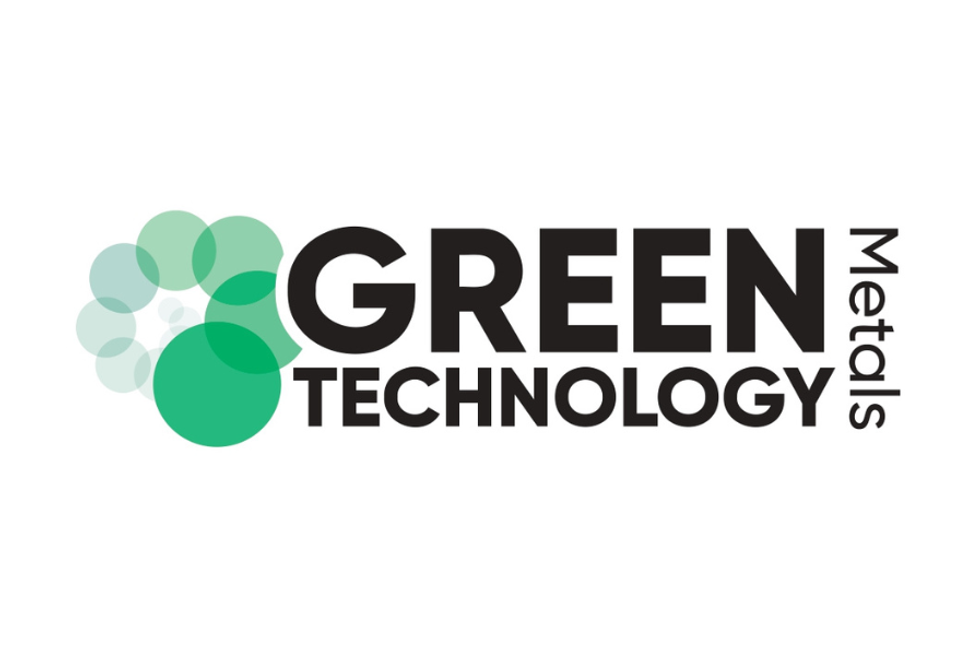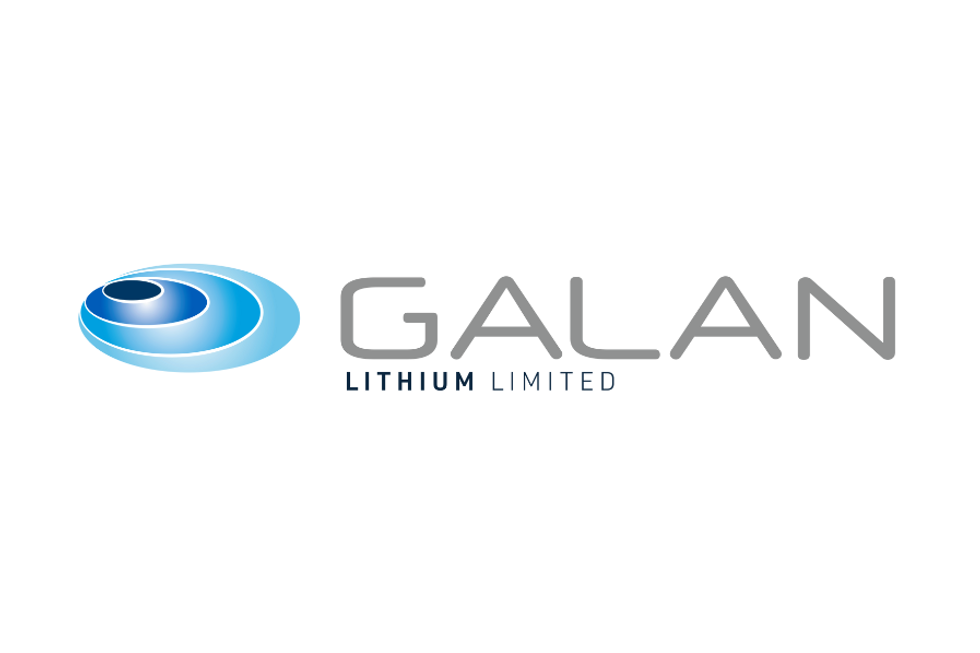6 Lithium-ion Battery Types
There's more than one kind of lithium-ion battery, and not all are created equal. Here’s a look at six lithium-ion battery types for those interested in lithium investing.

Lithium-ion batteries are essential to modern technology. Containing lithium, along with metals like cobalt, graphite, manganese and nickel, they power cell phones, laptops, medical devices, energy storage and even electric vehicles (EVs).
When it comes to the lithium part of the equation, it's important to note that it's not lithium metal that these batteries use — manufacturers often use lithium carbonate or lithium hydroxide. The anodes and cathodes of a lithium-ion battery contain lithium ions, and during discharge the lithium ions move from anode to cathode; the flow reverses during charging.
So which lithium battery types are used for which applications? There's more than one type of lithium-ion battery, and not all are created equal. We’ve outlined six lithium-ion battery types below, as well as their compositions and common uses.
In this article:
1. Lithium cobalt oxide (LCO) batteries
Lithium cobalt oxide batteries are made from lithium carbonate and cobalt, using a cobalt oxide cathode and graphite carbon as their anode material. Due to their very high specific energy, these batteries are used for cell phones, laptops and electronic cameras. They are are also known as lithium cobaltate, lithium-ion cobalt or LCO batteries.
This type of battery has some drawbacks, including a relatively short battery life and limited specific power. Additionally, these batteries are not as safe as other types due to their low thermal stability. Even so, their characteristics make them the popular choice for cell phones and other portable electronic devices.
2. Lithium manganese oxide (LMO) batteries
Lithium manganese oxide batteries use manganese dioxide cathodes. This battery formula has several names, also going by LMO, lithium manganate or lithium-ion manganese batteries, as well as li-manganese or manganese spinel. The technology for this battery type was discovered in the 1980s.
Lithium manganese oxide batteries are notable for their high temperature stability and are also safer than other lithium-ion battery types. For this reason, they are often used in medical equipment and devices, power tools, electric bikes and more. It is also possible to use lithium manganese oxide batteries to power laptops and electric powertrain cars.
3. Lithium iron phosphate (LFP) batteries
Lithium iron phosphate batteries, also known as li-phosphate or LFP batteries, use phosphate as a cathode. They benefit from low resistance properties, which enhance their safety and thermal stability.
Other benefits of LFP batteries include durability and a long lifecycle — fully charged batteries can be stored with little change to the total lifespan of the battery’s charge. Li-phosphate batteries are often the most cost-effective option as well when their long battery life is taken into consideration.
Accordingly, these batteries are often used in electric motorcycles, as well as other applications that need a long lifecycle and significant safety. EVs often use these batteries, and they are very common in Chinese EVs in particular. However, the lower voltage of LFP batteries means that they have less energy than other types of lithium-ion batteries.
Another form of a LFP battery includes the replacement of an iron cathode with a manganese cathode to produce a lower-cost, more efficient battery. Lithium manganese iron phosphate (LMFP) batteries offer both increased energy density and up to 20 percent higher capacity than LFP batteries, as well as better performance in low-temperature environments. Major automakers are increasingly making the switch from LFP to LMFP batteries.
4. Lithium nickel manganese cobalt oxide (NMC) batteries
Also known as lithium manganese cobalt oxide, or NMC batteries, lithium nickel manganese cobalt oxide batteries are made of several materials common in lithium-ion battery types, with a cathode made of a combination of nickel, manganese and cobalt. Like other lithium-ion battery varieties, NMC batteries can have either a high specific energy density or a high specific power. They cannot, however, have both properties. This battery type is most often seen in power tools and in powertrains for vehicles.
NMC batteries have a variety of metal ratios. NMC 111 batteries include equal parts of the three metals, whereas NMC 532, 622 and 811 contain significantly more nickel and less manganese and cobalt. This is seen as positive as battery makers seek to cut cobalt from their products due to the prevalence of unethical sourcing in the supply chain.
This battery type is generally preferred for EVs that need to travel long distances due to its very low self-heating rate; in fact, it is the most common type of EV battery in North America.
5. Lithium nickel cobalt aluminum oxide (NCA) batteries
Lithium nickel cobalt aluminum oxide batteries, also called NCA batteries, are not seen much in the consumer industry, but are used in the auto sector.
They provide a high-energy option for EV makers as they give the EVs using them increased range. However, they are not as safe as other lithium-ion battery types and are quite costly. NCA batteries must be accompanied by monitoring devices to ensure driver safety.
At this time, they aren't being commonly used in new EVs as they have been eclipsed by the safer NMC and LFP formulations. However, some existing models do have them.
6. Lithium titanate oxide (LTO) batteries
Finally, lithium titanate, also known as li-titanate, is a class of battery that allows for ever-increasing applications. The main advantage of the li-titanate battery is its remarkably fast recharge time, thanks to its advanced nanotechnology, states the website Battery Space.
Currently, manufacturers of EVs and bikes use li-titanate batteries, and there is potential for use in electric buses for public transportation. However, these batteries have lower inherent voltage, or lower energy density, than other lithium-ion battery varieties, which can present issues with powering vehicles efficiently. Even so, the density of lithium titanate batteries is still higher than other non-lithium-ion batteries, which is a plus.
Applications for these batteries can include military and aerospace uses, and they may also be used for storing wind and solar energy and creating smart grids.
Which lithium-ion battery is best?
Lithium-ion batteries come in a range of types and have a variety of uses. That means some current lithium-ion batteries are better suited to particular applications than others are. The most important thing is to choose the battery best suited to the task at hand.
It’s also worth noting that the lithium-ion battery industry is constantly changing. Companies and scientists around the world are creating new batteries to either work alongside lithium-ion batteries or supplant them. As these new batteries develop, it will be important to watch which ones come to the fore.
As of now, when it comes to electric vehicles, NMC and LFP are the prevailing cathodes, while in consumer electronics such as cell phones and laptops, LCO batteries reign supreme.
This is an updated version of an article first published by the Investing News Network in 2014.
Don’t forget to follow us @INN_Resource for real-time news updates!
Securities Disclosure: I, Melissa Pistilli, currently hold no direct investment interest in any company mentioned in this article.
- How to Invest in Lithium Stocks and the Lithium Market (Updated 2024) ›
- Lithium Market Update: Q2 2025 in Review ›
- Top Lithium-mining Companies | INN ›
- 5 Basic Lithium Facts | INN ›
- Top Lithium-producing Countries | INN ›
- Lithium Reserves by Country | INN ›






